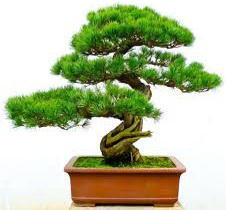Bermuda Triangle
The Bermuda Triangle is located in the Atlantic Ocean off the shores of Puerto Rico, Bermuda and Miami. It’s not a real, defined area but more like a rough triangle shape in the ocean.
The name ‘Bermuda Triangle’ was first used in a 1964 magazine article.
Bermuda triangle has captured the imagination of many over the years, becoming known as a place of mystery and intrigue. However, much of the legend surrounding the area is based on inaccurate or exaggerated reports.
Different explanations, both natural and supernatural, have been proposed to explain the alleged disappearances of ships and aircraft in the area. From leftover technology from Atlantis to theories about space-time warps, the Bermuda Triangle has been subject to numerous speculations. However, many of these explanations lack scientific evidence.
Natural phenomena, such as hurricanes and hectic waves, have been suggested as potential hazards in the area. While these can be devastating, there’s little evidence to suggest they specifically occur in the Bermuda Triangle more than anywhere else.
Magnetic issues have also been proposed as a cause for navigational errors, though none have been definitively identified in the area. It’s true that, in the early 20th Century, there was alignment between true geographic north and magnetic north in the Bermuda Triangle, which could have made navigational challenges worse.
Despite the continuous myths surrounding the Bermuda Triangle, studies by organisations like the US Coast Guard have not identified any specific hazards in the area. In fact, stats show that the Bermuda Triangle has not experienced a significantly higher number of crashes or wrecks compared to other parts of the ocean.
Ultimately, the interest in the Bermuda Triangle is because of people’s fascination with mystery and the unknown. Early reports of disappearances captured public attention, and people started to make up more stories from there. However, with modern technology allowing more precise tracking of ocean and air traffic, the intense interest surrounding the Bermuda Triangle has lessened in recent years.




















